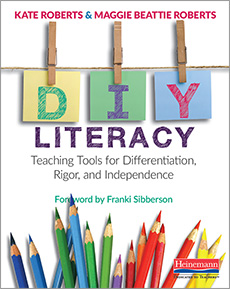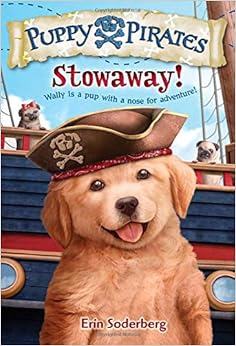I wonder how it can
already be the end of the year. Has this
school year actually gone by faster than the previous year? It certainly feels
like it has. It seems as if students
were just walking through the front doors of the school, their backpacks filled
with new school supplies and their smiling faces showing all the excitement and
anticipation that a new school year brings. Now, it’s already June and another school year
is coming to an end.
I watch and listen
as two first graders read side-by-side, propped up with pillows in the reading
corner with Little Bear’s Friend in
between them. I think back to the
beginning of the year and remember when they were reading the simplest of
texts, each page with one sentence heavily supported with picture clues. I listen to them work through difficult parts
of the text together, reread parts to make it sound more fluent, and giggle
about the story as they make meaning. I
celebrate this growth in their skills.
More importantly, I celebrate that these students now see themselves as
readers.
I hope my students will continue to read over the summer. I’ve stressed the importance of summer reading and tried to encourage them to read. I’ve told them about summer reading programs at a local bookstore and the library. I’ve given booktalks so students could start creating a summer reading wish list of titles they are interested in reading. I’ve discussed when, where, and what they can read this summer. I’ve shown a video created by Dav Pilkey, about being a reading superhero, and I’ve reminded my students that reading will help them maintain their brain power. I’ve given away books as I’ve weeded through my bookshelves. I hope my students find time to relax and enjoy the warm, summer days, but also remember to read.
 I plan for my own
summer reading as well. The Last Fifth
Grade of Emerson Elementary by Laura Shovan is the first children’s book on my own summer
reading wish list. I also have a stack of
professional books that I can’t wait to learn from. Visible Learning for Literacy, DIY Literacy,
Creating Cultures of Thinking, and the newly ordered Hacking Leadership, because I just started
hearing about it on Twitter, are some of the books in my stack. I have plans for my summer professional
development, as well. I am looking
forward to attending ILA in Boston this year.
I’m teaching a workshop on writing with mentor texts for Buzzards BayWriting Project, my local organization of the National Writing Project. I am
also attending the Summer Institute in Digital Literacy at the University of Rhode Island.
I plan and look forward to the learning and new knowledge I know I will
gain this summer.
I plan for my own
summer reading as well. The Last Fifth
Grade of Emerson Elementary by Laura Shovan is the first children’s book on my own summer
reading wish list. I also have a stack of
professional books that I can’t wait to learn from. Visible Learning for Literacy, DIY Literacy,
Creating Cultures of Thinking, and the newly ordered Hacking Leadership, because I just started
hearing about it on Twitter, are some of the books in my stack. I have plans for my summer professional
development, as well. I am looking
forward to attending ILA in Boston this year.
I’m teaching a workshop on writing with mentor texts for Buzzards BayWriting Project, my local organization of the National Writing Project. I am
also attending the Summer Institute in Digital Literacy at the University of Rhode Island.
I plan and look forward to the learning and new knowledge I know I will
gain this summer.I look back and I look forward. This is what I do during the last week of the school year.




















